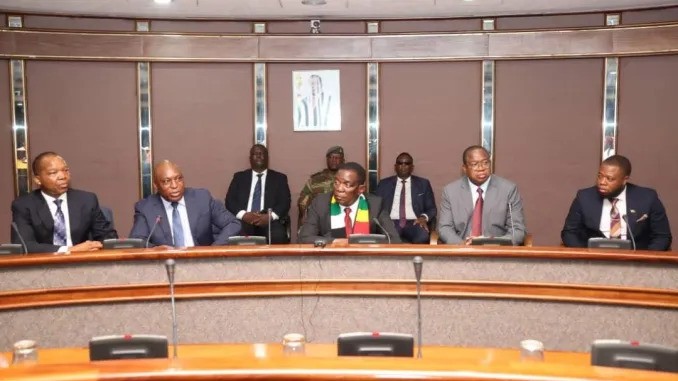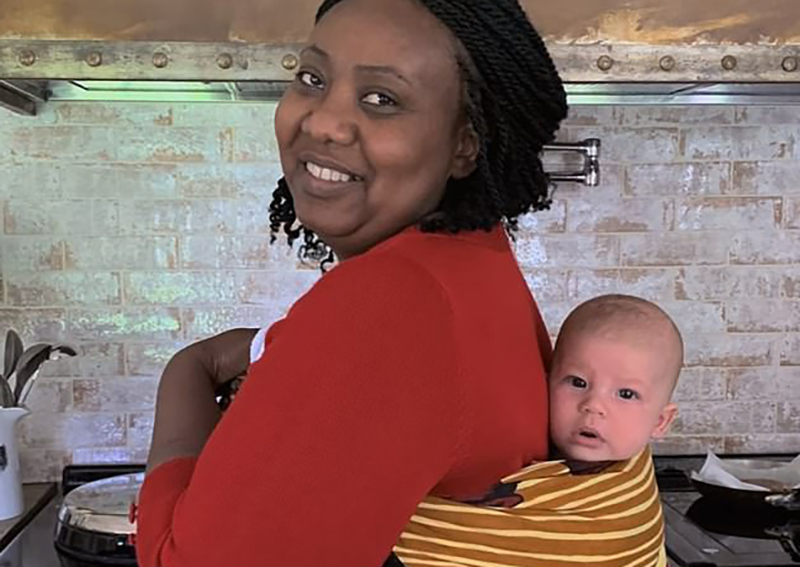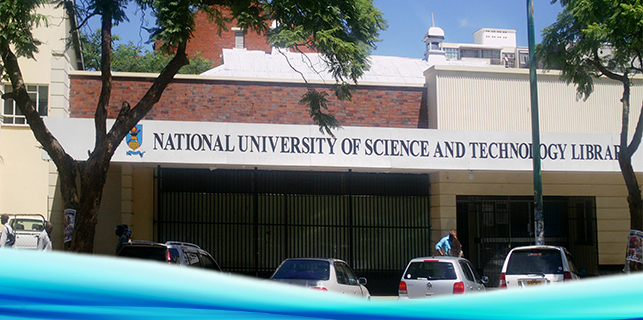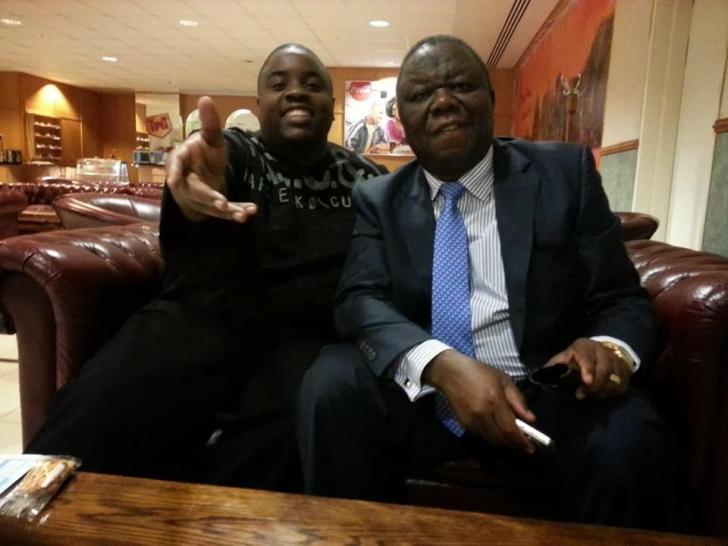Managing your money in one currency is tricky enough for most people. Imagine having to keep track of nine.
That’s a hard fact of life for many of Zimbabwe’s businesses, who have been forced into the role of foreign exchange dealers after the country’s dollar collapsed and was withdrawn from circulation.
They’ll trade in the U.S. dollar, Australian dollar, South African rand, Botswana pula, euro, British pound, Japanese yen, Chinese yuan and Indian rupee.
“Most currencies are for trading purposes,” Reserve Bank Governor John Mangudya told CNNMoney. “50% of our trade is with China and South Africa so we need to allow trading in many currencies.”
The U.S. dollar is Zimbabwe’s official “reserve currency.” Mangudya says the country has no intention of ditching it for the yuan, or the rand.
On the streets of the capital Harare, the U.S. dollar is preferred but traders accept a variety of currencies. Near the borders with South Africa and Botswana, the rand, pula and the euro are popular.
Still, the popularity of the rand has declined recently after it plunged 30% last year. Zimbabweans are starting to dump their neighbor’s currency in fear of further depreciation.
Ultimately it’s about the rate they can negotiate. Local business will accept almost any currency in the basket, but at a far higher rate than the official rates.
Zimbabwe’s currency crisis started in 2000 when the government implemented aggressive land reform. A combination of sanctions and a loss of confidence in the economy saw the Zimbabwean dollar crash.
The last official measure of inflation was 230 million percent in early 2009, the year when the U.S. dollar became legal tender. Mangudya says the central bank “printing presses were on all day.”
The price of goods changed by the minute, and Zimbabwe became known for its one hundred trillion dollar note.
Shingi Munyeza, chairman of Vinal Investments, says he would “pay for coffee before it was made because by the time you sat down to drink it, the price would have increased.”
Zimbabwe is still years away from reintroducing its own currency. In 2014, it started minting small denominations coins for purchases worth less than $1.
“We didn’t have U.S. dollar coins so change was given in sweets or pens,” Mangudya said.
For each coin in circulation, there’s an equivalent U.S. dollar held in reserves – just like the days of the gold standard. Now there are $10 million in so-called bond coins circulating in the country.
The coins are minted in South Africa because Zimbabwe’s printing presses have been mothballed.-CNN






